When it comes to Fuji I have had some experience with their equipment, from the Texas Leica to the beast of the GX680iii. However, I have never tried one of their 35mm options. And they have a few, the cult Klasse being among them. So when I went to look for something unique to review for number 101 and the first camera review of the new year, the ST605 came across my desk. At face value the Fujica is just another mechanical SLR from the 70s, I mean the look the styling. But in reality, the ST605 is a sleeper, an inexpensive SLR that takes inexpensive glass but can produce excellent results.
Camera Specifications
Manufacturer/Seller: Fujifilm
Model: Fujica ST605
Variants: Fujica ST605N, Fujica ST605II
Type: Single Lens Reflex
Format: 135 (35mm), 36x24mm
Lens: Interchangeable, M42-Mount
Shutter: Horizontal Travel, Rubberised Cloth Focal Plane Shutter, 1/2 – 1/700s + Bulb
Meter: Stop-Down TTL metering, 2x FPD Cells, EV2-EV17 @ ASA-100, ASA-25-ASA-3200
Dimensions (WxHxD): 133x86x88mm (With 50mm f/2.2 Lens)
Weight: 565g (Body Only)
Power Source: Two 1.5v Silver Oxide Batteries (SR44)
Year of Manufacture: 1976-??
Background
Founded as a film and paper manufacturer in 1934, Fujifilm started experimenting with camera optics in the 1940s through a separate but wholly owned subsidiary for the Imperial Japanese military. The optical division was absorbed into the leading company in 1947. In the 1950s, Fuji began investigating building cameras, releasing a 35mm prototype as a prototype. Full production cameras started in 1961 with the Fujica 35-EE, a fixed-lens rangefinder with a selenium-cell-driven auto-exposure system. A year later, Fuji released the Fujicarex in the Japanese market. The Fujicarex is an interesting SLR; it uses a fixed leaf shutter, auto-aperture and instant return mirror. The lens’s front element could be swapped out with three options: 50mm, 35mm and 80mm elements. The camera used a selenium cell to allow for coupled metering. The design proved semi-popular, and in 1963, the Fujicarex II hit the European markets, and the Fujicarex 35 SLR arrived in North America in 1964. In 1970, the ST701 arrived, a traditional SLR using the M42 lens mount. The mount allowed Fuji-made lenses and a wide range of lenses from multiple manufacturers. Another interesting note is that the ST701 uses Silicon Photo Cells (SPD) rather than cadmium sulfide (CdS) cells for the metering, the 701 did have TTL metering but stop-down metering. The ST701 was aimed at the entry-level market, but Fuji would release an even more simplified model in 1975, the ST601, it retained the stop-down TTL metering (despite Fuji having released an open-aperture TTL metered camera, the ST801 in 1972). The ST601’s focal plane shutter ranged from 1/2″ to 1/700″, an odd range of speeds even for the day. It also featured an exposure lock system that prevented the shutter from being set at speeds that would not work for films above a specific rating. An example is that 1/8″ is locked out for films rated at ASA-500 and higher. The ST601 remained in production for less than a year, and then, in 1976, the ST605 was introduced. The ST605 retained almost everything from the ST601 stop-down TTL metering, shutter speed range, and form factor. The one thing that changed was the metering circuits, allowing power from a modern silver cell. What makes the ST601 and ST605 interesting is that in 1972, Fuji introduced the ST801 with open-aperture TTL metering using an indexing tab on Fujinon lenses, but this was not included in the entry-level offerings. Fuji released the ST605N in 1978, but the only change came in the form of a shutter speed display window in the viewfinder. The same year, for the Asian market, the ST605II added open-aperture TTL metering, with production of that model lasting until the 1980s and being among the last M42 SLR cameras produced by Fuji along with the ST705W and AZ-1.
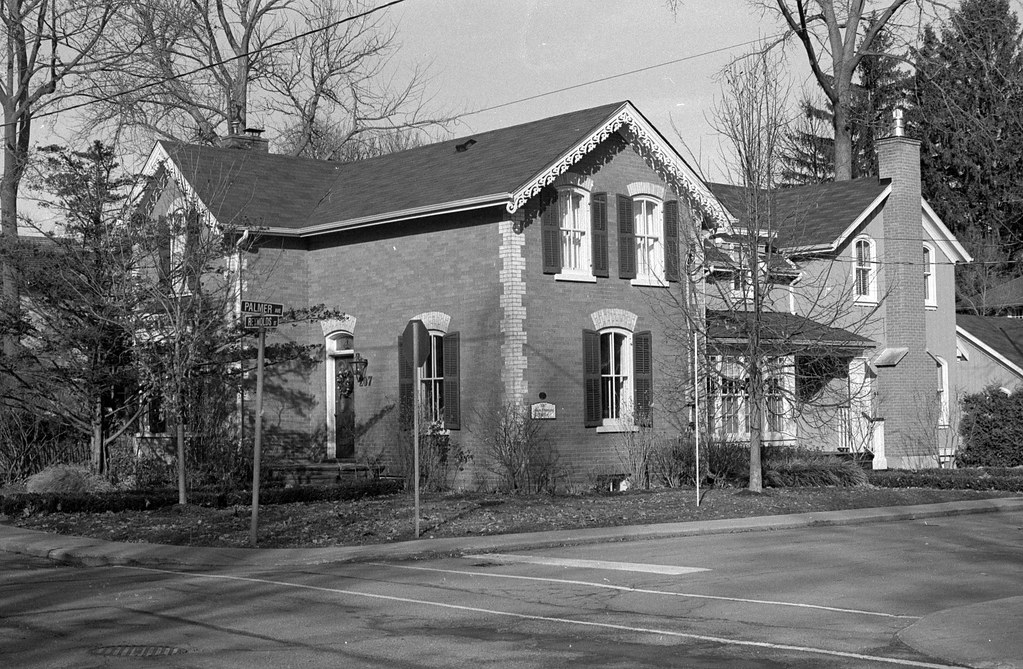
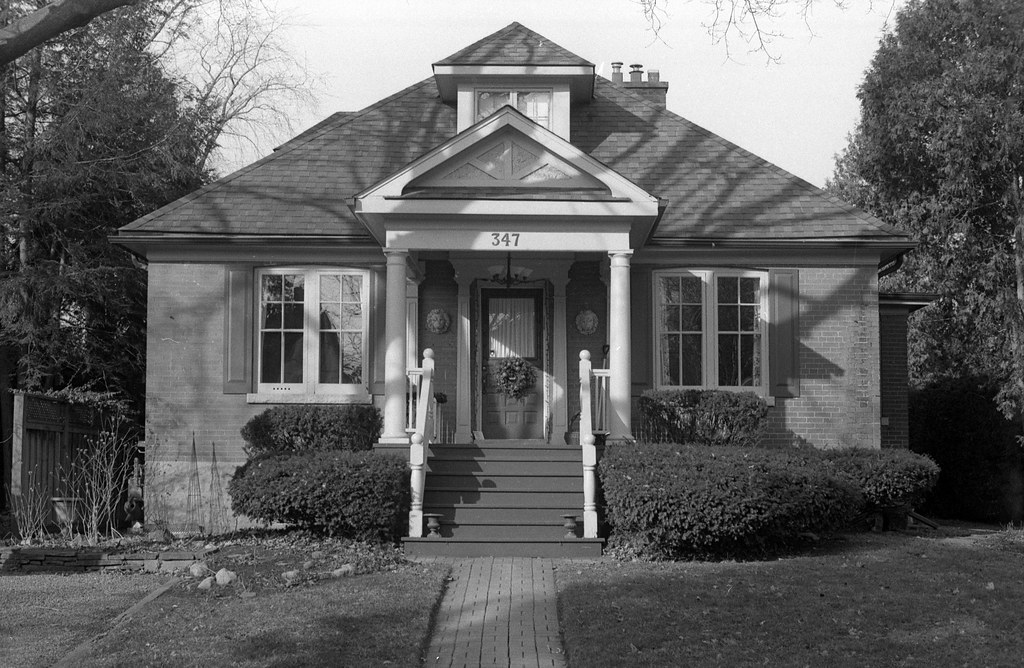
Impressions
When it comes to camera feel the ST605 feels halfway between a Minolta SR-T and an Olympus OM, as strange as that may sound. The camera body itself is far smaller than what you would expect on the face it’s the same as an OM-1 or 2, yet when you look at it from the top down it’s far thicker and has a weight to match what you’d find with a Minolta SR-T. Though not so heavy that you get tired after a half-hour of using it out in the field. The size does help especially in those winter months. Layout wise there’s little that one can mess up on design, everything is properly laid out and within grasp, the shutter speed dial is smaller than what I’d expect, but given how the film advance leaver folds in it does make sense. The viewfinder is not the biggest and brightest I’ve seen but in good light, it does a fantastic job and a K1000 style match-need is easy to read. The only trouble that I could see is that you cannot see the aperture or shutter speed settings in the window. This was at least partly fixed with the ST605n.
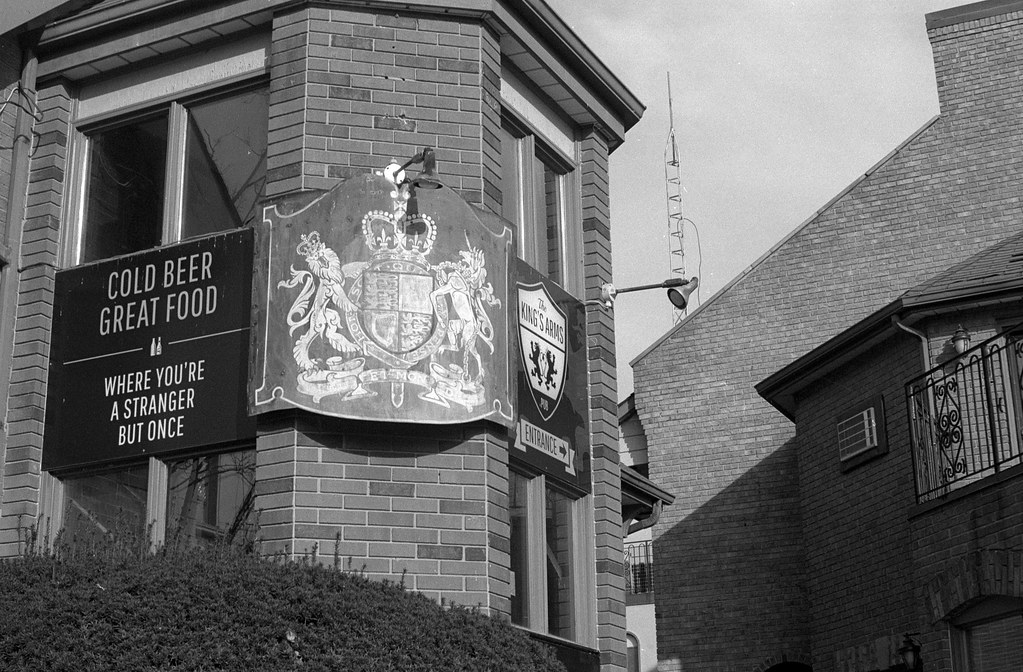
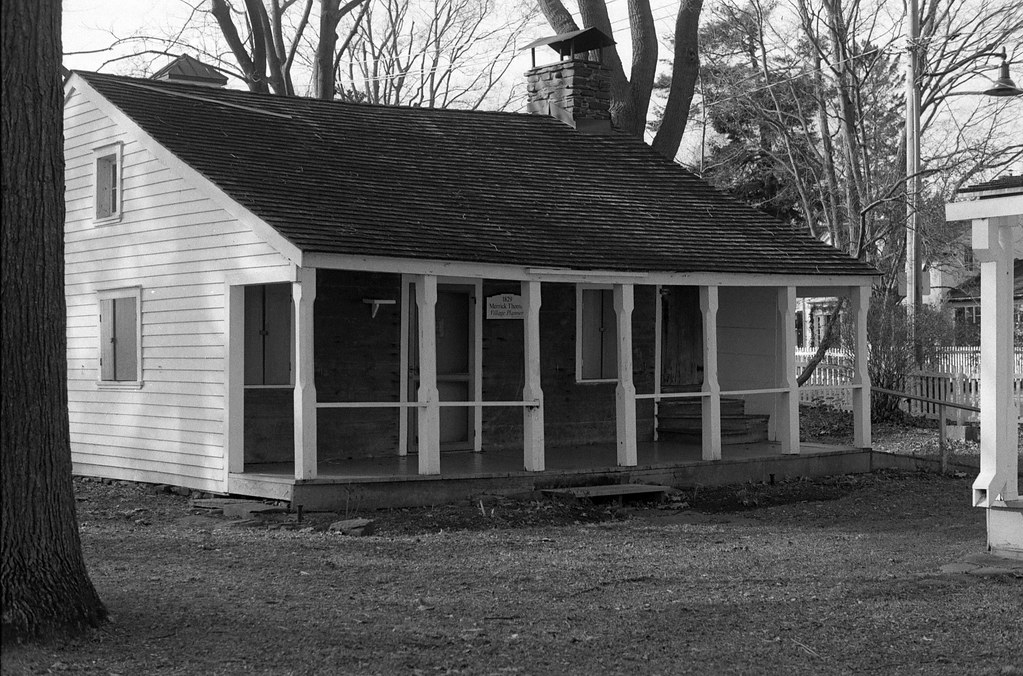
Experience
I can honestly say the camera experience is wonderful, everything is easily accessed, even when shooting and while not having the aperture reading in the viewfinder, it didn’t matter as I was shooting with an external meter anyways if I was using the internal one it might be a bit more of a struggle. The focus was smooth and the split finder easy to line up and focus. The shutter has a solid mirror slap. There’s no mistaking that you’ve fired it off. However, I did find that the pull on the film advance a little too long when compared to the far shorter ones I have with the Nikon F2 for example. Another oddity is the maximum shutter speed of 1/700″ which would be handy when using the internal meter, but I tended to stick to the 1/500″ cap with my Gossen.
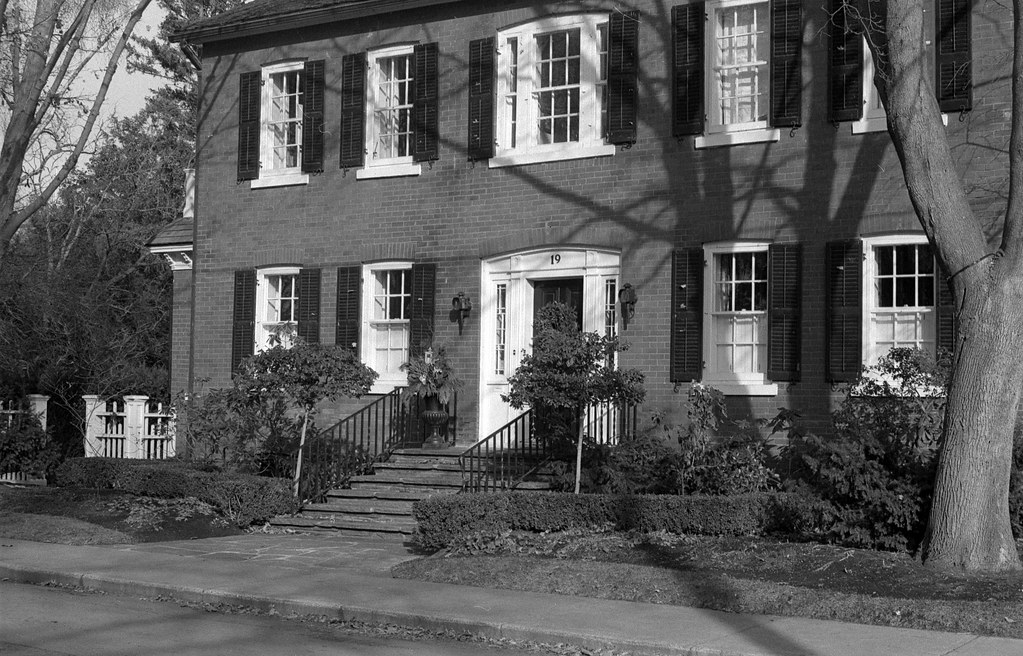
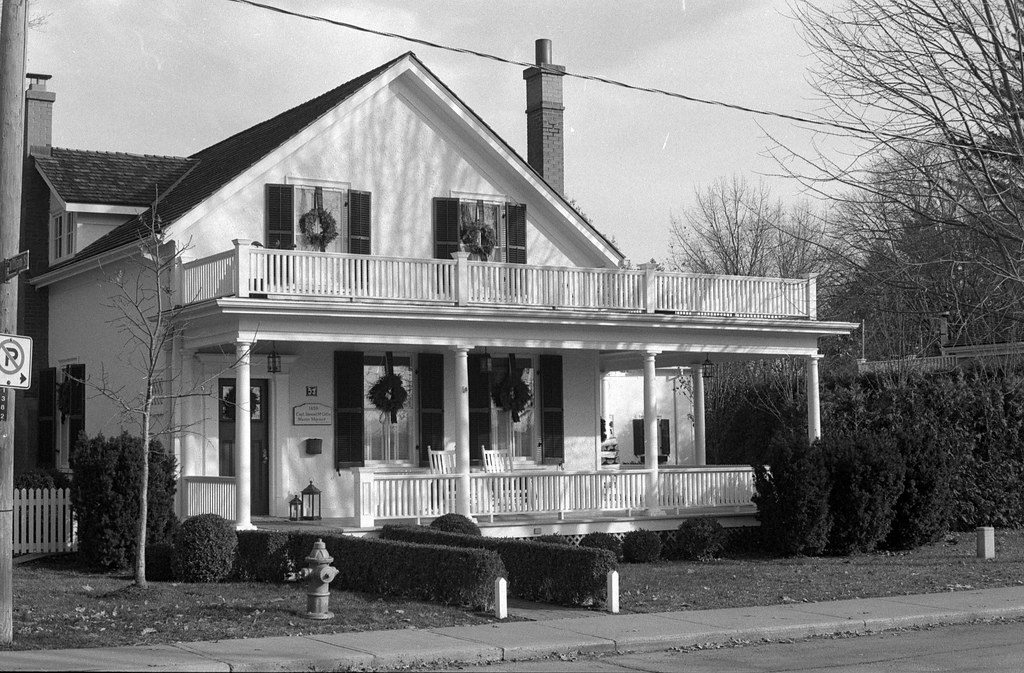
Optics
When it comes to the lens mount, Fuji did the right thing given the era the camera was made using the M42 mount, this allows for a lot (and I mean a lot) of lenses to be used with the camera. Fuji did produce several lenses for the camera and I am lucky to have gotten one such lens the 55mm f/2.2. However given the construction with the TTL metering, you could, in theory, use the beautiful Super-Takumar lenses, Carl Zeiss, Yashica, even Russian lenses (Helios!). Not to mention a plethora of other screw-mount glass that’s out there and like the camera, most M42 lenses can be had for a song! But when it comes to the Fujinon optics I used for those shots, despite the weird max aperture (f/2.2) the images came out sharp, but no surprise as I’ve had nothing but good results from all the Fuji optics I’ve shot. The one thing to watch out for is that Auto-Fujinon lenses have an indexing tab that will not work with the ST605, unless the tab has been filed off, in which case they will work find on your ST605.

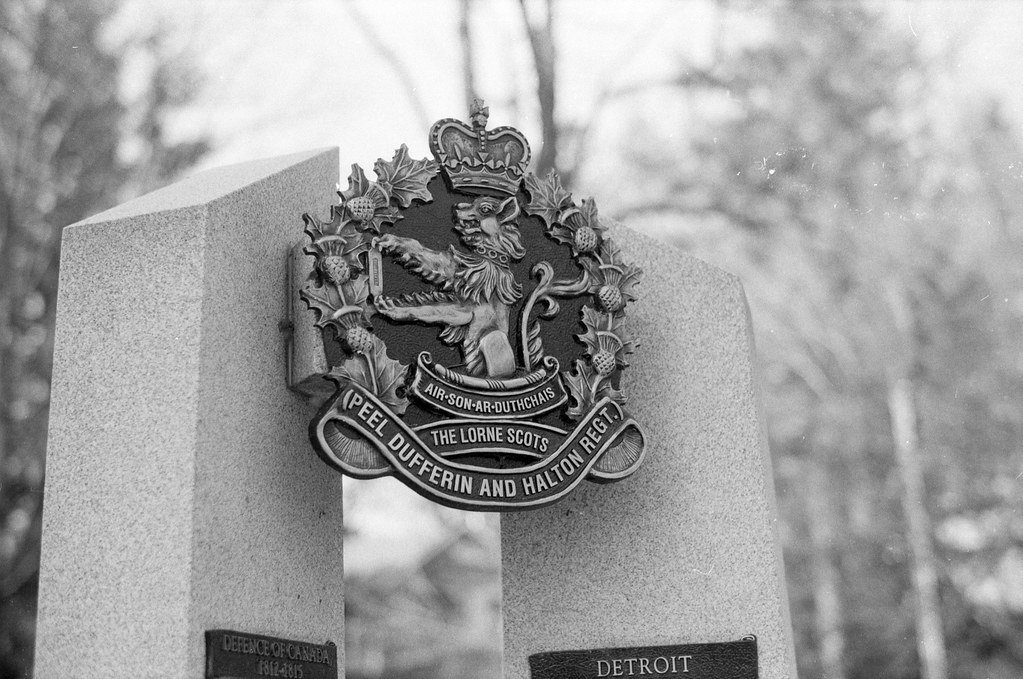
The Lowdown
If you’re looking for a decent all-manual camera with a meter in it then the ST605 is the perfect place to start. Unlike the K1000 who’s price has skyrocketed, you can probably get a body and a lens for less than 100$ with enough cash to spare for some film (try something like Kentmere or Ultrafine to start). Plus the batteries are not mercury so you can use regular SR44 batteries that are readily available. Of course, like the K1000 you do need to keep the lens cap on as your on/off switch is mildly annoying but no more than on the K1000. And while I had planned to send this guy along, I think it might stick around for a bit longer and give it a real workout. You can hear more about the ST605 in the latest episode of Classic Camera Revival!
Further Reading
Don’t just take my word on the ST605; you can check out the reviews by other awesome camera reviewers!
Camera Go Camera – Fujica ST605
John’s Camera Blog – Fujica ST605
Milly’s Cameras – Fujica ST605 Test Roll Review
Digital Camera World – Fujica ST605 Review
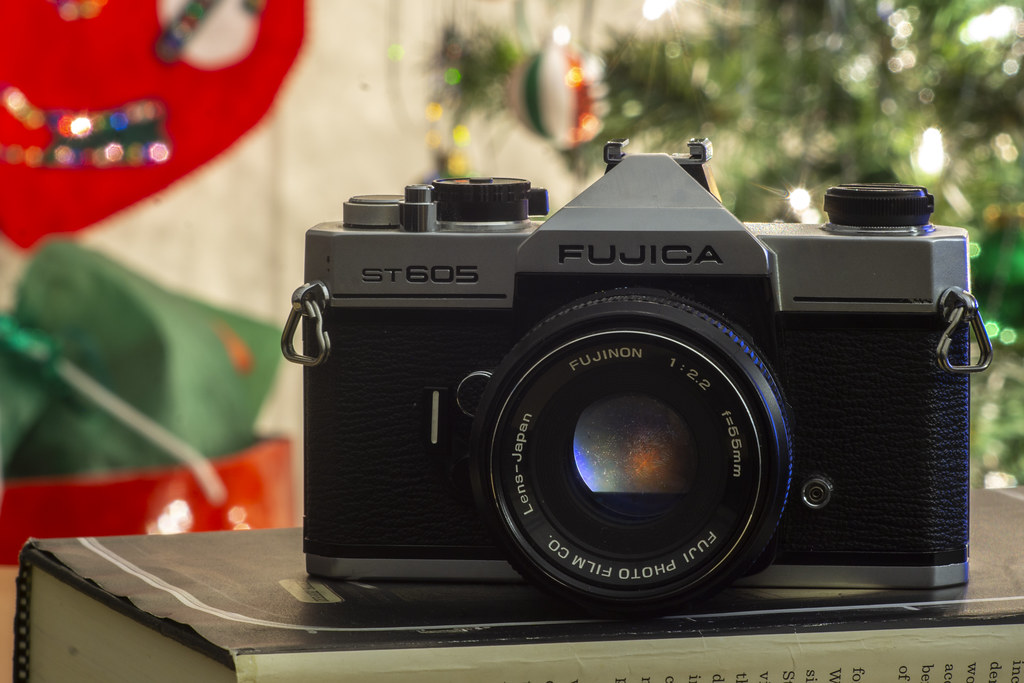
1 Comment